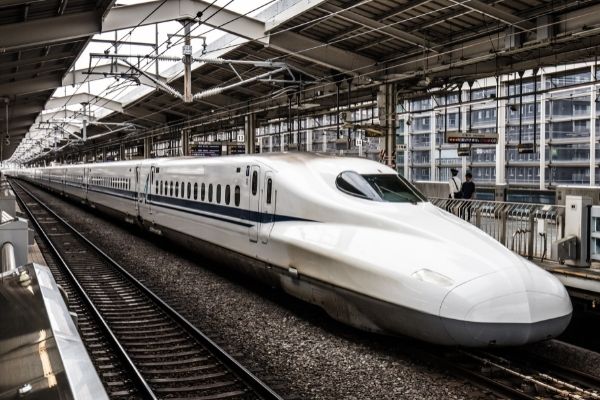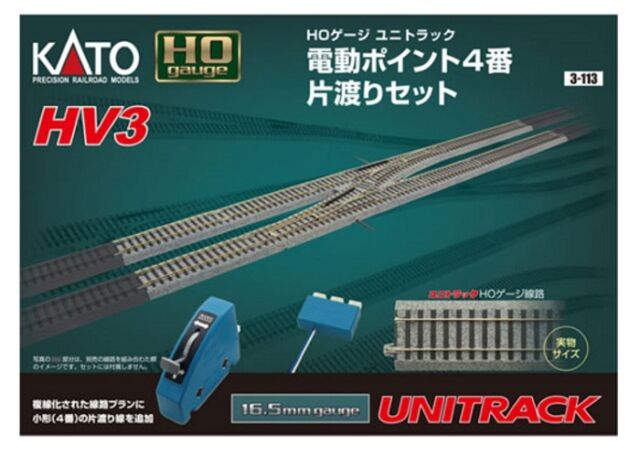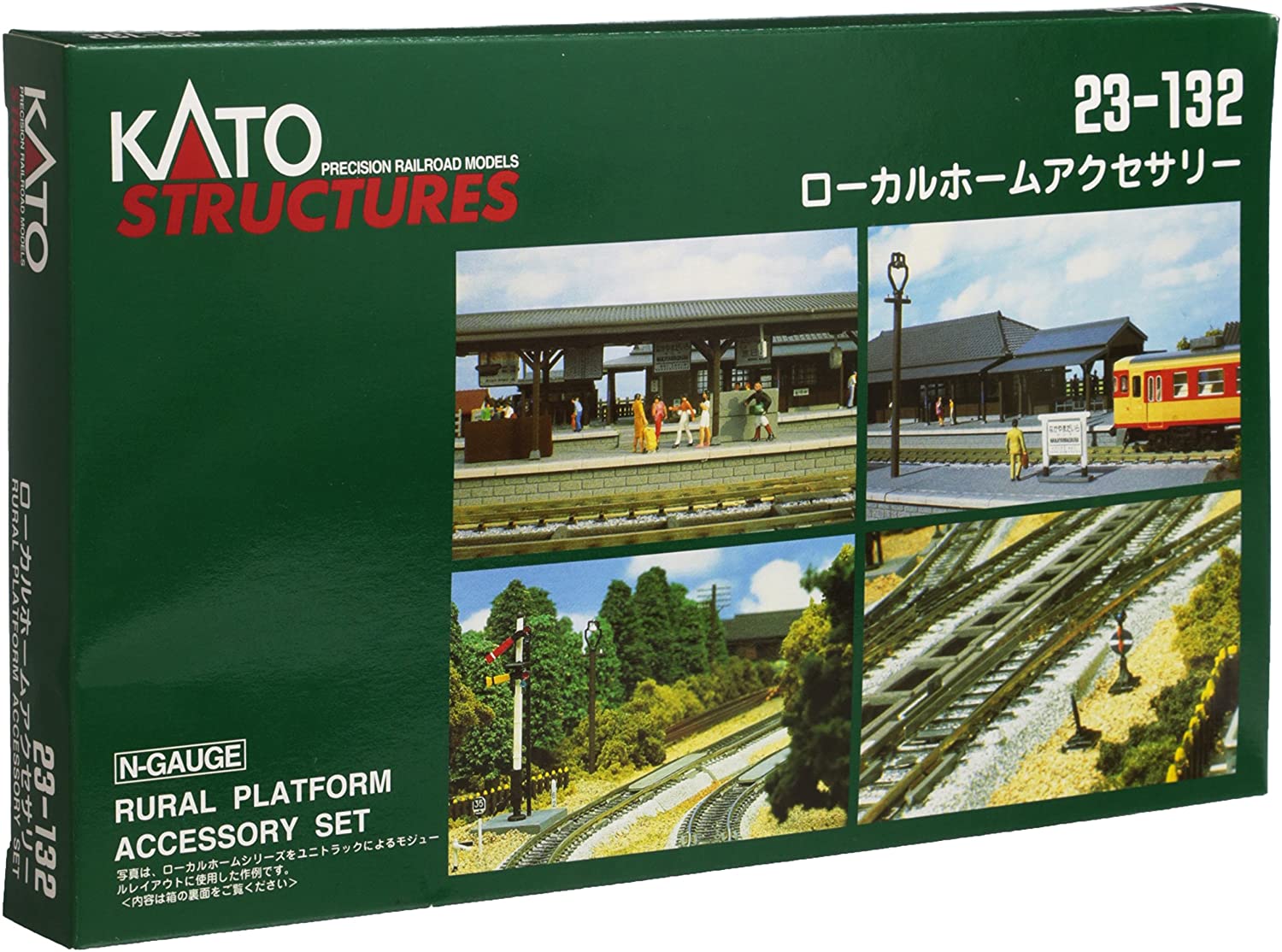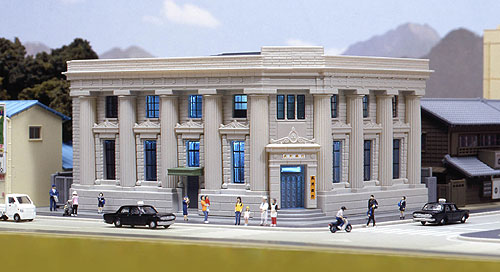Japanese Models
JNR offers Australian modellers a wide and varied range of scale models for Japanese and non-Japanese modellers alike. The following page offers some information to those who are interested in these items, but may not know where to start

Japanese Railways
The Railway modelling industry offers modellers the choice of creating miniature railways from almost anywhere in the world. We all have our reasons for modelling the locations we choose to, so why choose Japan as a subject for a layout? Japan boasts arguably the most efficient rail network in the world, with a stellar reputation and rich history behind it.
The Shinkansen (more commonly referred to as the “bullet train”) is Japan’s class leading high speed rail network. The term Shinkansen translates to “new truck line” which is referring to the tracks the bullet trains run on. These huge machines boast a real life speeds of up to 240-320 km/h.
JNR Models stocks many examples of this style of train, old and new. The track to support them is also unique. Shinkansen trains do not operate on lines with level crossings, instead they run on tracks elevated above the ground to ensure the journey is uninterrupted. The trains have a slight roll built into them and curved tracks are elevated on an angle to ensure they can run faster without derailing.
For non-Japanese Modelers
As an N scale modeller of railways outside of Japan it is worth considering the products we have to offer. Many of the items we have are not necessarily Japanese specific or can be easily modified to replicate items from around the world.
For example, Kato’s Unitrack system is non-Japanese specific. It’s a popular item among the American N scale modelers, and can be easily integrated into any N scale layout. The benefits of Kato track are not only available to those who model Japanese Railways. Unitrack is detailed in appearance, offers higher durability than track without preformed bases, and is easy to pull apart and reassemble with a minimum of fuss. Wiring up a Kato Track system is also much easier than other brands as there is no need to mount point motors or solder wires. It’s very much a “Plug and Play” approach to model railways, so you can focus less on the hassle of assembling a complex layout and more on your trains.


Japanese Architecture has its unique elements, however many modelled Japanese buildings are more than suitable for train layouts from other parts of the world. Japanese plastic kits lead in the world in terms of quality standards and building tolerances. Unlike kits from most other parts of the world, Japanese plastic injection kits often don’t require glue and are “snap fit”. They range from a basic uncolored kit to prefabricated, and offer all level of building difficulty in between. As a modeller who is building a non Japanese train layout its worth considering these as the high quality of the kits makes them very easy to integrate.
Many of the buildings we are stock are designed to be non-country-specific. Others are more indicative of Japanese architecture, but its worth noting that many of these can be adapted for other uses with light modification.
For example, the terrace shops pictures above (despite being modeled off of Japanese buildings) are indicative of some of the older style shops we have here in Australia. By removing the Japanese character and possibly adding new signage these can be used on an N scale Australian layout no problem. The service station or concrete house on the other hand would require next to no modification and would go into nearly any modern N scale layout. Consider the product and the items packaged with them and you might find some little gems among the buildings JNR has to offer!

Send a Message
We’d love to hear from you!
